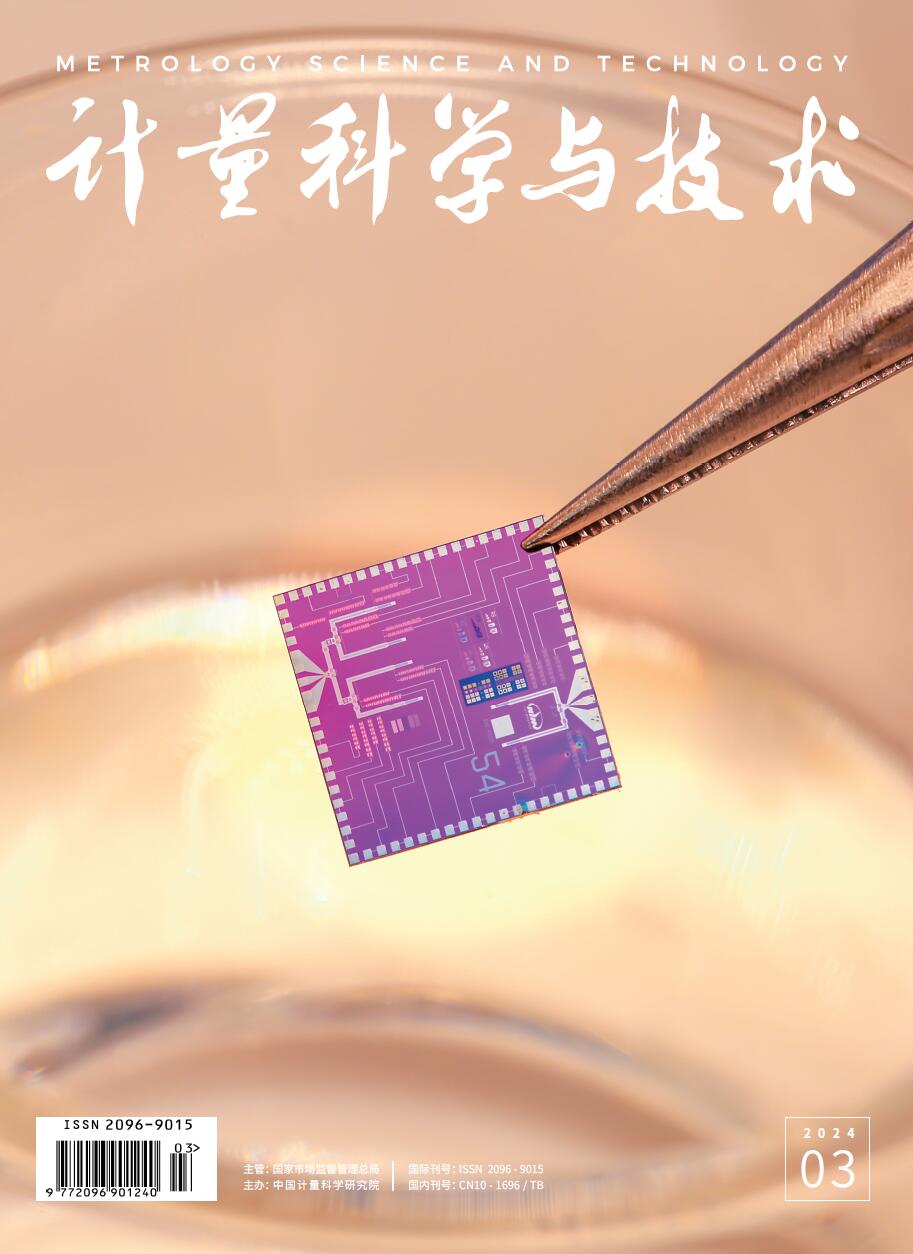Abstract:
To enhance the accuracy, reliability, and traceability of agricultural product quality safety testing, a certified reference material (CRM) for fumonisin B1 (FB1) purity was developed. The CRM candidate, obtained through laboratory purification of FB1, was qualitatively identified using mass spectrometry, infrared spectroscopy, and nuclear magnetic resonance spectroscopy. The purity of the candidate was quantified using both mass balance and quantitative nuclear magnetic resonance methods. The mass balance method included area normalization, the Karl Fischer method, gas chromatography-tandem mass spectrometry, and inductively coupled plasma mass spectrometry to determine the main component, moisture, volatile and non-volatile impurity contents. Furthermore, homogeneity tests and stability studies were conducted, along with systematic uncertainty evaluations. The results indicated that the FB1 CRM has a purity value of 99.1% with an extended uncertainty of 0.3% (k=2), exhibiting good homogeneity and fulfilling a 12-month stability requirement. The developed FB1 CRM, certified as a national secondary standard material (GBW (E) 100550), is suitable for qualitative and quantitative detection, method evaluation, and establishing a traceability system for FB1 in agricultural products

 Submit
Submit Review
Review Office
Office Abstract
Abstract HTML
HTML PDF
PDF


